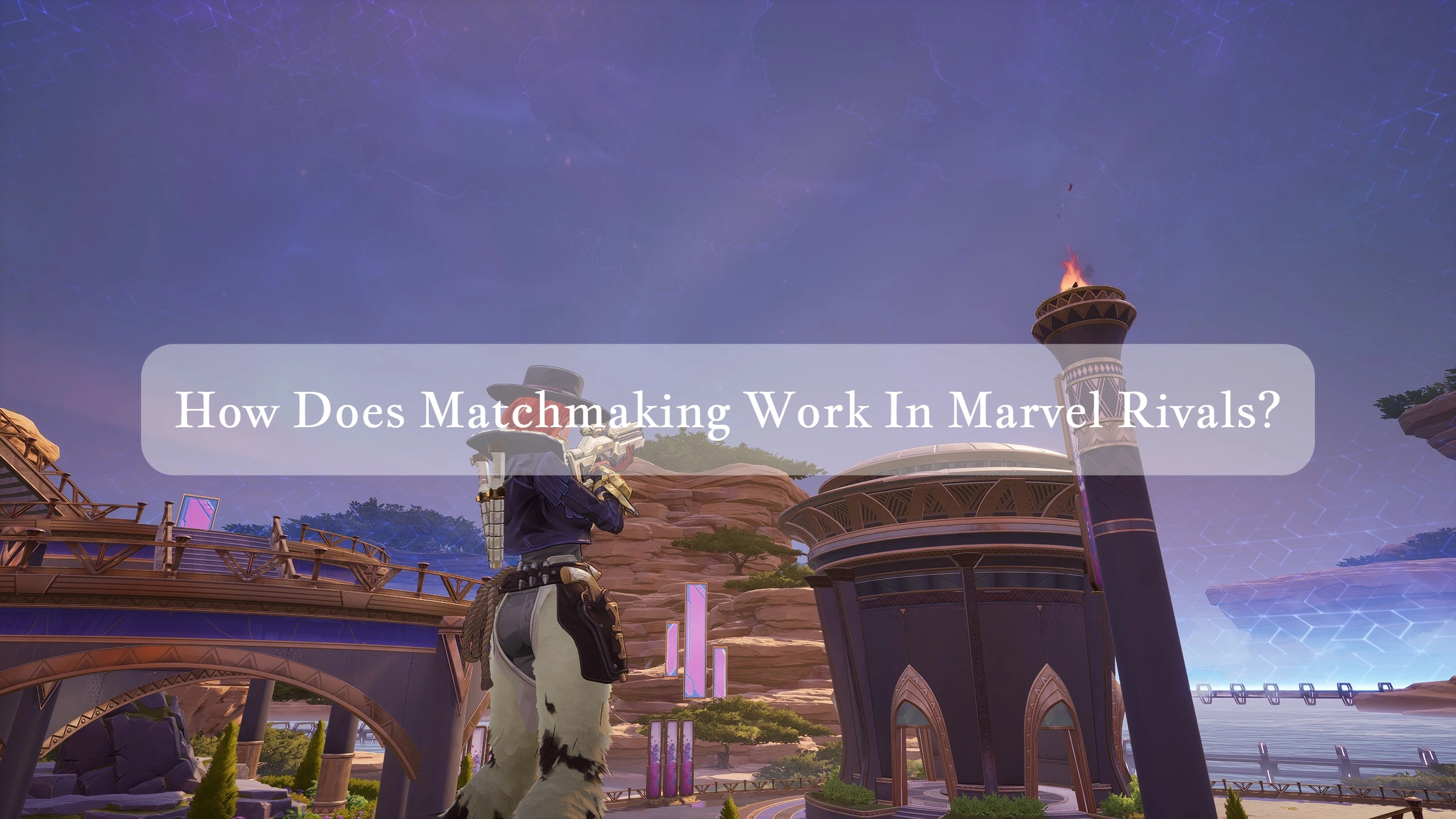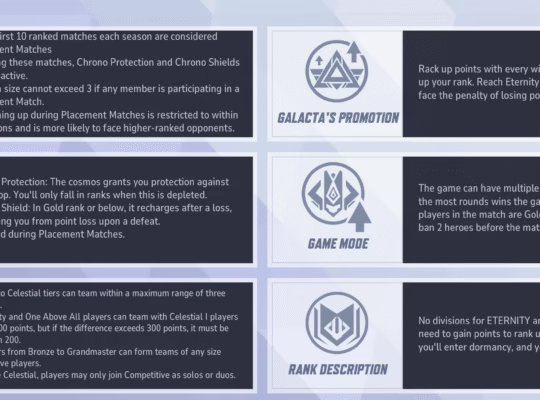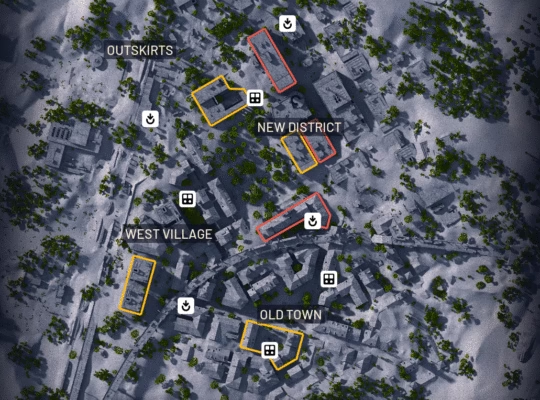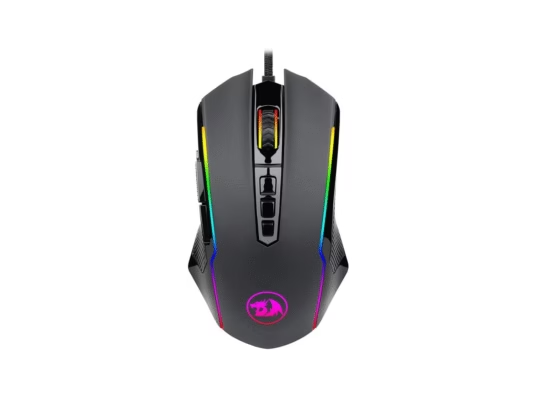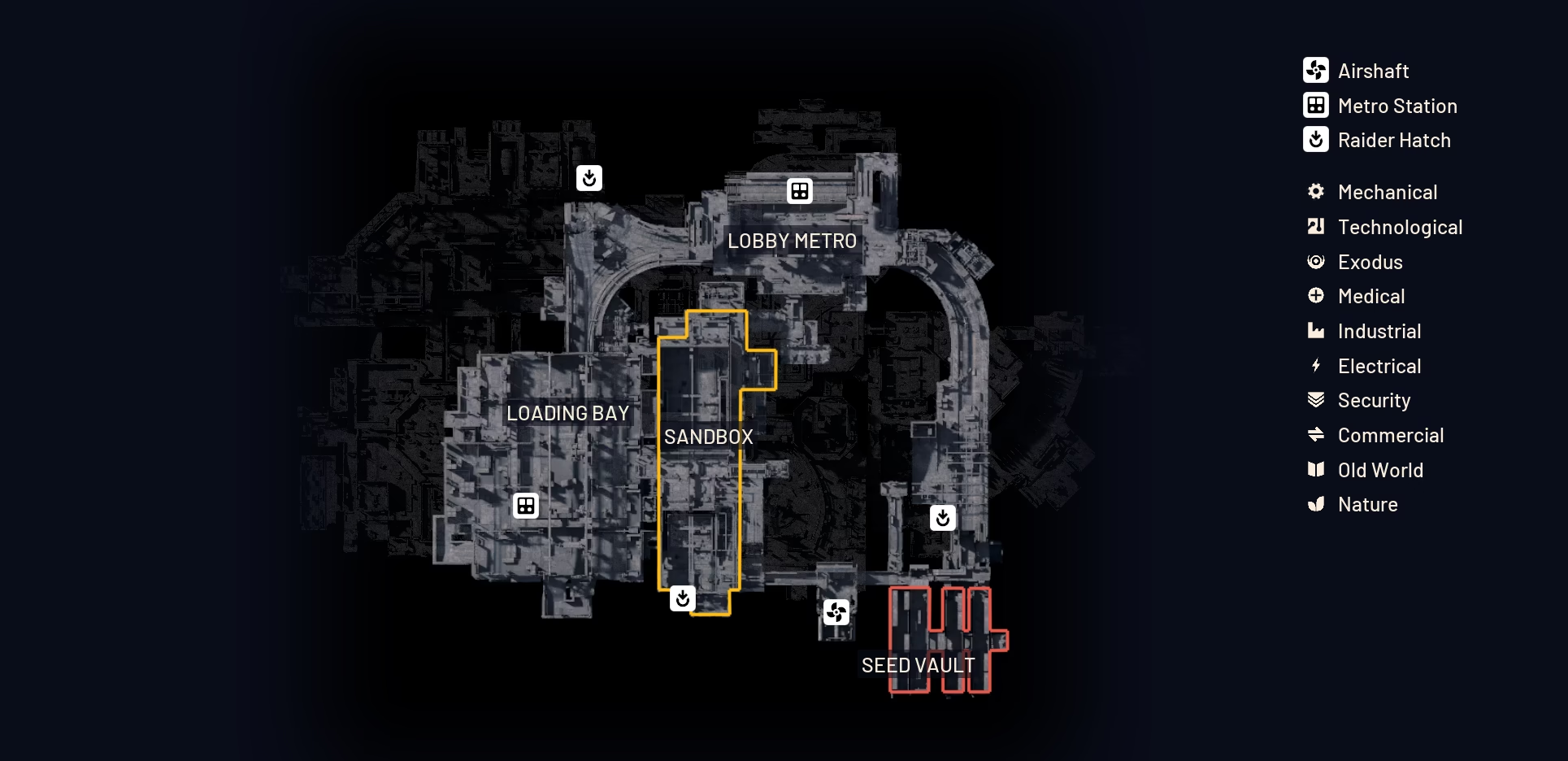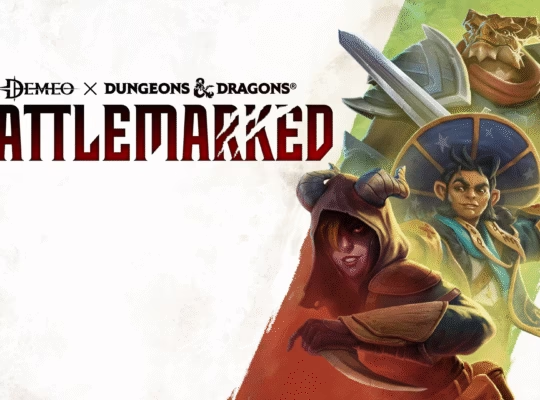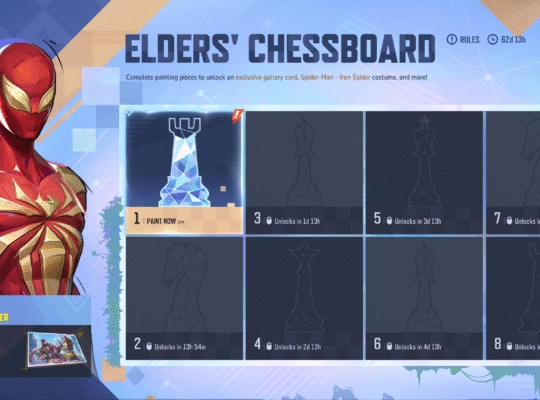Matchmaking in Marvel Rivals can often feel complicated or unfair, but it’s built around a combination of measurable skill, individual performance, team size, and practical factors like queue time and player population. This article will explain the system in a practical, evidence-based way, showing you what to expect and providing context on why some matches may feel imbalanced while others seem perfectly balanced.
Below is a quick reference for the current rules in Ranked Play as of recent updates.
| Rank Tier | Wait Time | Party Sizes Allowed | Key Restrictions & Notes |
| Bronze – Gold | Short | 2, 3, 4, or 6 (no 5s) | Most flexible. Any rank can queue together. Mixed parties allowed. |
| Platinum – Grandmaster | Moderate | Max 3 players (Solo, Duo, Trio) | Designed to prevent six-stacks. Trio is the maximum party size. |
| Celestial – One Above All | Longer | Solo or Duo only | Strict limitations to ensure competitive integrity at the highest ranks. |
Rank Disparity
- Bronze – Gold: No restrictions. A Bronze player can queue with a Gold.
- Gold I – Celestial: You can only queue with players within three divisions of your rank. (e.g., Platinum II can queue with Platinum I, Platinum III, or Diamond III, but not Gold I).
- Eternity & One Above All: Can only queue with Celestial II players if they are within 200 competitive points.
Core Competitive Score And Ranking System
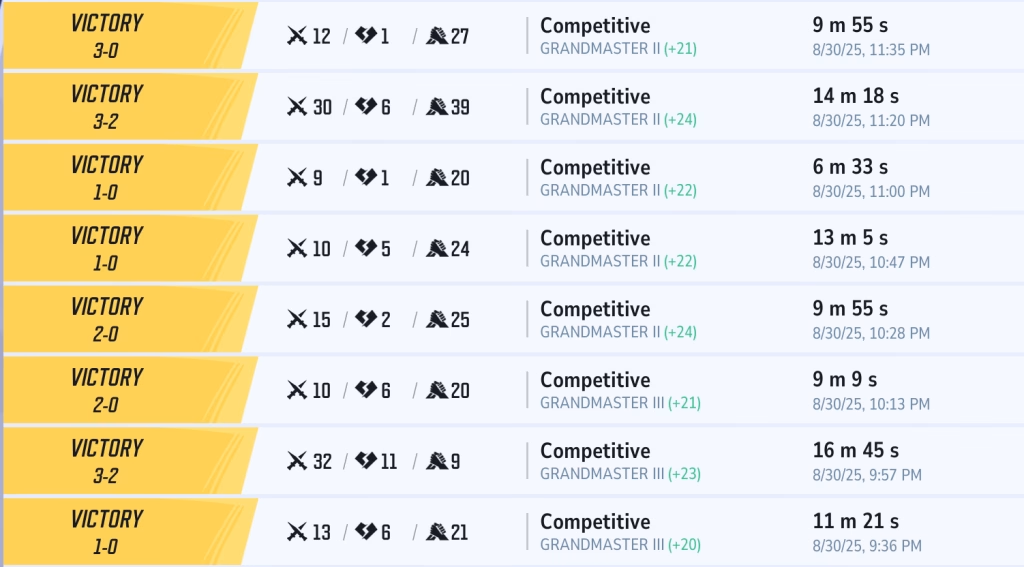
At the center of matchmaking is a hidden competitive score, which serves as the primary signal for matching players. That score updates after each ranked match, influenced by both the match outcome and a measure of individual performance during the game. The system tries to reflect true player skill over time, but short-term variance and the specifics of each match may cause rapid fluctuations, which can look like inconsistency.
This competitive score is not the only input, but it tends to be the most influential one at higher ranks, while performance measures may matter more at lower ranks. The system likely weights outcome and performance differently depending on tier, because early tiers require clearer feedback loops to help players improve, while top tiers need stability to keep leaderboards meaningful.
How Score Updates Are Likely Calculated
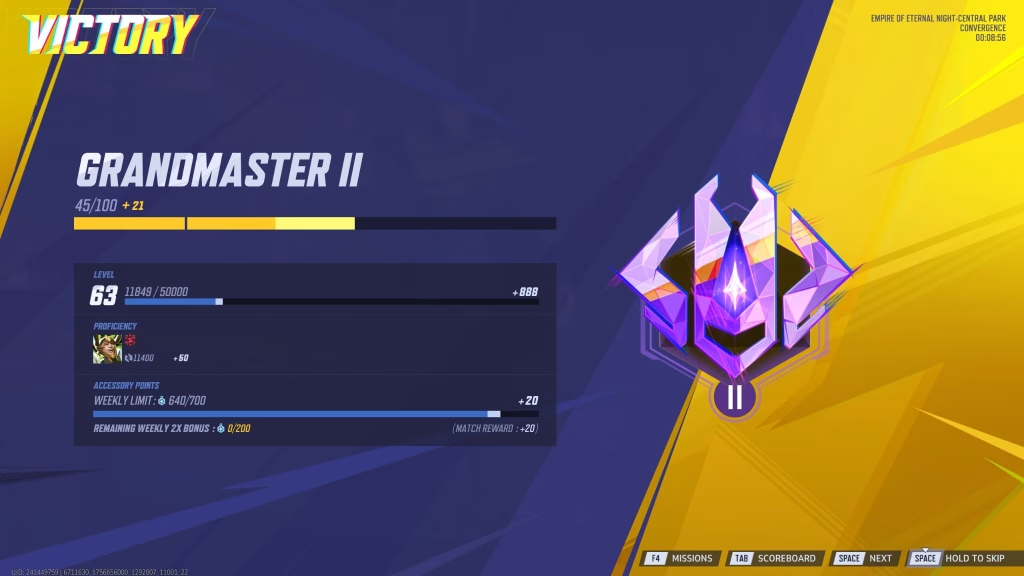
Score updates seem to combine at least two components: a base adjustment tied to win or loss, and a performance component tied to how well a player contributed relative to peers using the same hero or role.
- Base adjustment is computed relative to the average competitive scores on both teams. If you beat a stronger team, you likely gain more points; if you lose to a weaker team, you likely lose more points.
- Performance adjustment attempts to quantify contribution, normalized for the hero and time played. For example, damage, objective participation, or other hero-specific metrics may be converted into a performance coefficient and then translated into points.
The final change in score is probably a weighted sum of these adjustments, with the weight shifting by tier. Lower tiers likely emphasize performance more, so that improving players are recognized quickly, while higher tiers likely emphasize base outcome more, so that rating inflation is controlled.
| Tier, Weighting Example | Base Win/Loss Influence | Performance Influence |
| Low tier, Silver | 40% | 60% |
| Mid tier, Platinum | 55% | 45% |
| High tier, Celestial | 70% | 30% |
Matchmaking Flow And Queue Behavior
As analyzed by experts at Rivals Sector, when a player queues, the matchmaking process probably follows several practical steps:
- Server selection: The system picks the preferred region to minimize latency.
- Initial search: It looks for a set of players with similar competitive scores and compatible party sizes.
- Expansion over time: The acceptable score window slowly widens to avoid excessively long waits, but not so far as to create clearly unfair matches.
- Team balancing: Once enough players are collected, the system attempts to split them to balance average competitive score, and possibly other heuristics like hero combinations or recent disconnects.
Because player populations vary by region and by time of day, the pool of available players changes, and the matchmaking system likely sacrifices either wait time or match precision depending on the surrounding constraints. In less populated regions or at very high ranks, the system probably accepts larger score spreads to keep queues moving.
Party Sizes and Queue Restrictions
Matchmaking in Marvel Rivals has become more stratified, particularly in ranked mode, to address concerns about competitive integrity and “boosting” by higher-skilled players. The rules now vary significantly depending on your rank.
- General Matchmaking: Quick Match has no restrictions. Players can queue in any party size (1–6) regardless of rank. This is ideal for friends with widely different ranks.
- Ranked Play: Has strict limitations on party size and rank disparity.
- Ranked Queue Rules:
- Bronze, Silver, Gold: Most flexible. Any party size allowed except 5-player teams.
- Platinum, Diamond, Grandmaster: Max 3 players (Solo, Duo, Trio). This is designed to prevent six-stacks from overwhelming smaller groups.
- Celestial, Eternity, One Above All: Max 2 players (solo or duo only). This ensures fairness at the highest competitive levels.
These changes have been met with mixed reactions. Many players welcome the push for fairer matches, but others feel it discourages playing ranked with a full group of friends.
The EOMM Versus SBMM
Two terms often come up in debates about fairness: SBMM and EOMM. Skill-based matchmaking, SBMM, aims to match players of similar skill to create competitive games. Engagement-optimized matchmaking, EOMM, would hypothetically manipulate match difficulty to keep players engaged, possibly steering win rates toward certain averages.
The developers of Marvel Rivals have directly addressed this debate in a recent video, explicitly stating that the game does not use EOMM. Instead, the system is a form of SBMM that balances teams based on competitive scores and other factors. While the community has long speculated about intentional manipulation due to win-loss streaks, the developers have explained that this is a byproduct of the system’s need to find matches quickly. Statistical variance, small player pools, and team composition imbalances can all contribute to the feeling of “rigged” matches, but they are not part of an intentional engagement-optimization plan.
Final Thoughts
Matchmaking in Marvel Rivals likely centers on a traditional skill-based model that combines a hidden competitive score with performance metrics, while balancing real-world constraints such as queue times, party sizes, and player population. It is probable that this design aims to produce fair matches on average, yet variance and practical trade-offs can make individual sessions feel unpredictable.
Some players interpret that unpredictability as intentional manipulation, and that debate may persist. At the same time, it is reasonable to assert that statistical variation, regional population differences, and role imbalances are credible and simpler explanations for many of the observed frustrations. The balance between transparency, queue speed, and match quality is difficult, and improvements will likely require both technical tweaks and clearer communication from developers.


